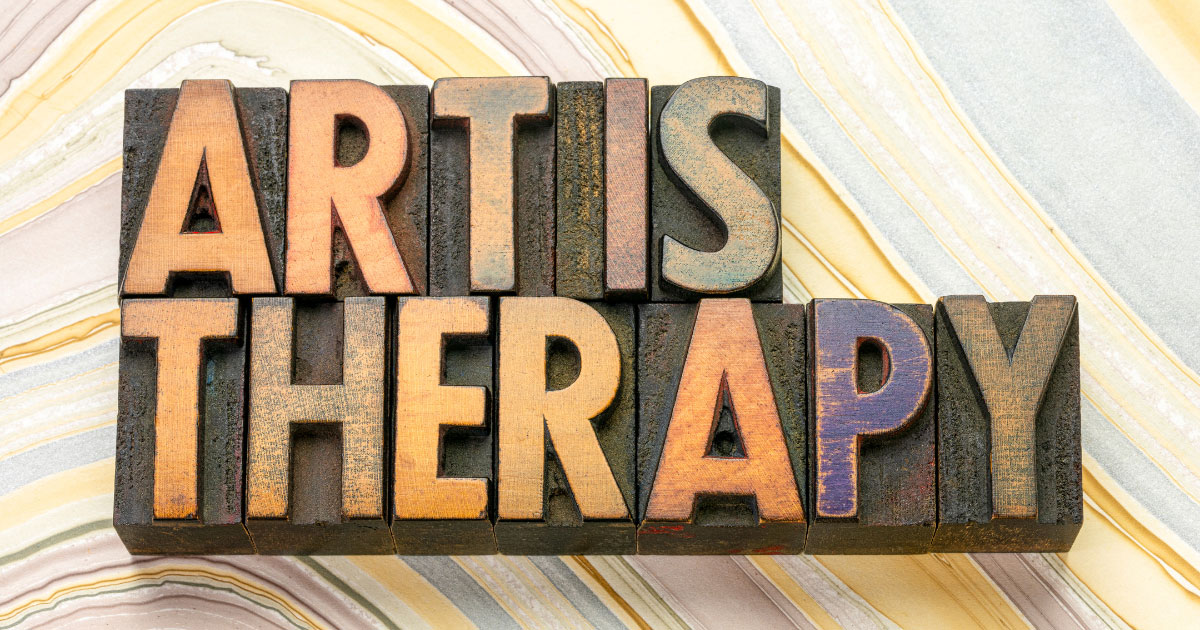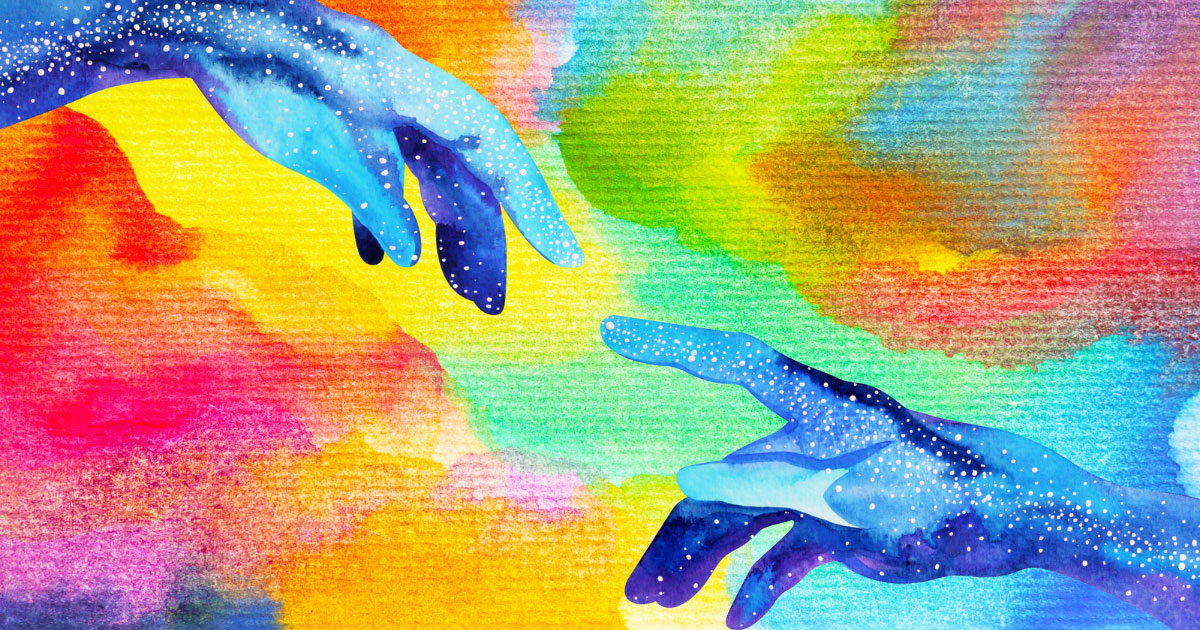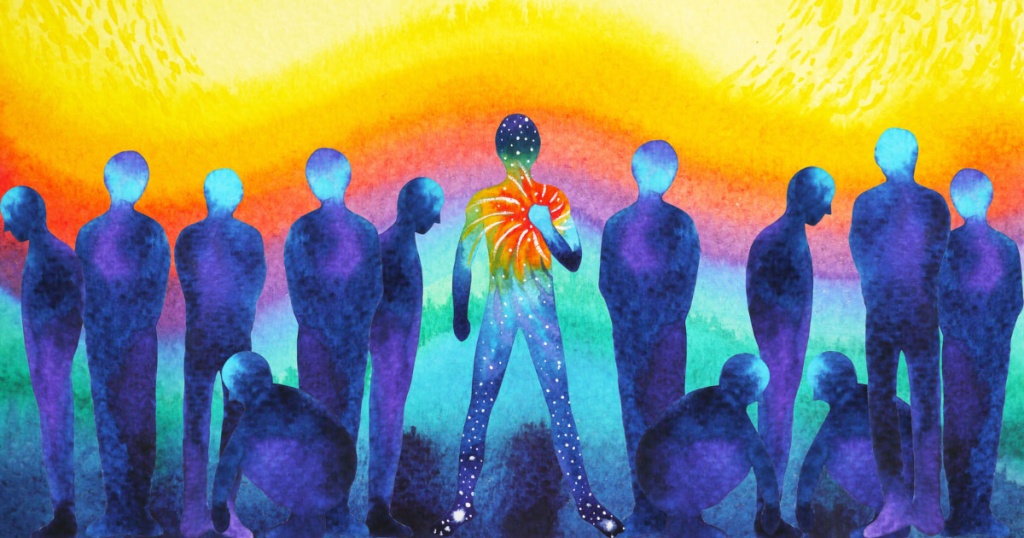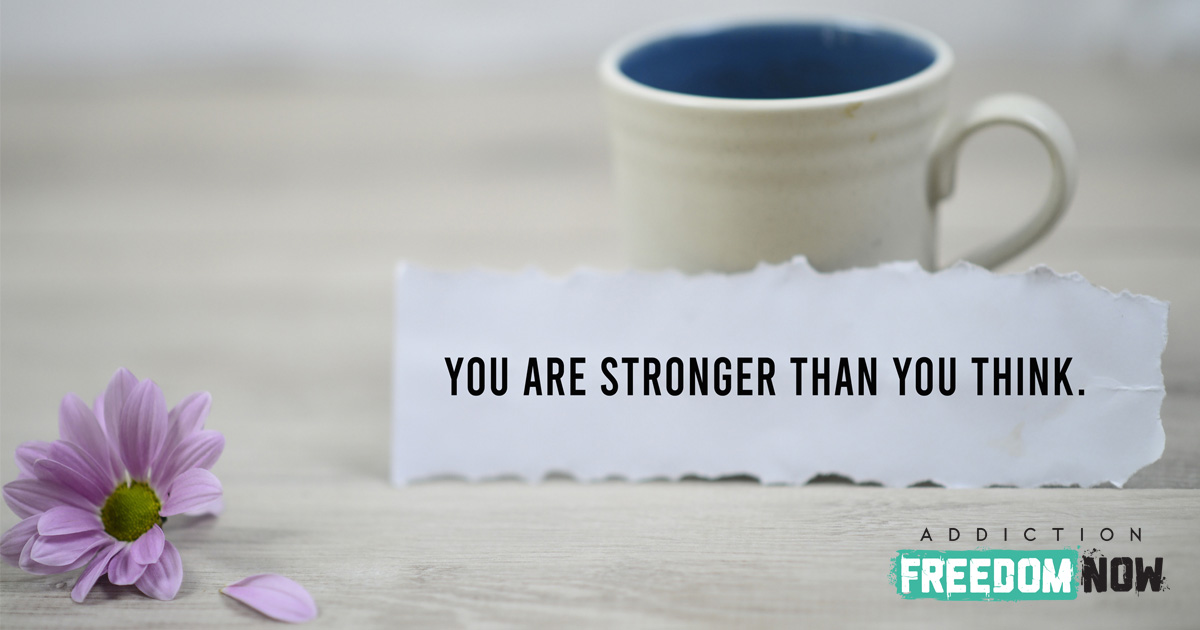Whether it is the sound of scissors against paper creating pieces for a mosaic, the gentle rustle of a paintbrush against a canvas, or creating movement to the beat of a song, the sights and sounds of art can be truly healing. However, it is often less about what you create and more about why you create it. For those with unsettled souls, art can be a way to visualize a thought, speak a story, or serve to free themselves from the troubles they feel. From use as a coping skill or relapse prevention for those with substance use disorders to the release of past traumas, expressive therapies, including art, dance, and music, can bring peace to your mind and joy to your heart.
How Does Art Heal
For some, art is simply a class they took in grade school. Unfortunately, in this case, the focus may have been less on the connection to the art and more on what grade they received. Many adults, too, lose touch with the feelings art can give them, and they may not think to use it as an outlet when they are confronting various struggles in life. What is lost is the safety of exploration, the freedom of choice, and the way you can bring out and assess what is inside of you.
Through art, you are able to stop and listen to yourself. You are in control of what you express through the medium of your choice. The selection of colors, themes, styles, and patterns is your way of expressing your feelings, your memories, and your behaviors as they exist in your life at that moment. It can feel easier to ignore those inner voices and hope that tomorrow will simply bring a better day. When you ignore how you feel in a moment, you may find yourself burying the feelings instead of confronting them. Art allows a safe way for you to explore your inner self so that you can take the first step on the healing journey that allows you to release what you feel instead of hoping for a better tomorrow.
This type of healing therapy allows you to engage in a non-judged form of creative expression. Art therapy techniques include painting, drawing, sculpting, creating music, journaling, and many other formats. The purpose of all such creative outlets is not to create the next museum piece or trendy dance move; it is simply an agreement you make with yourself that says it is ok to create, to express, and to allow yourself to feel. When you surround yourself with that freedom, you can let go of the idea of what you create and give yourself permission to understand the feelings you experience in the process and the message your soul is expressing with the outcome. For many, art therapy has been successful in helping to manage conflicts and behaviors, increase self-esteem, and create a better sense of self-worth by accessing and managing difficult emotions.
How Does Art Therapy Help Healing

When your mind is clouded from trauma, depression, anxiety, substance use disorders, or other forms of mental or physical illness, it can be easy to feel like you are worth less than before you had these experiences. This self-deprecation can further intensify your already harmful inner thoughts. It can also leave you feeling as though you are stuck in a perpetual cycle of uncertainty.
Through art therapy, you can find many benefits that can help you break this cycle and open your mind and heart to new freedoms and possibilities. Keep in mind that when you participate in art therapy, you should not look at it as a way to learn or master art itself but rather as a way to express your emotions and thoughts and begin healing. You are bringing to life what you may not have the words to articulate.
Here are some of the main benefits of art therapy:
Provides for Healthy Self-Expression
When you feel strong and painful emotions such as grief or anger and even shame or guilt, they can be difficult to confront and express. That’s because these feelings often are rooted in difficult moments such as trauma, substance use, or even physical abuse. Participating in art therapy can allow for an environment that is healthy enough to release the emotions associated with these moments.
Allows You to Discover Yourself
In many physical and mental health disorders, feelings of denial can easily become a part of your thoughts. This can be particularly true for those who suffer from substance use disorders. In these situations, you may often form a relationship with the substance or the behavior, and these relationships often overtake the other healthier relationships with friends, family, and even yourself. With the intensity of art therapy, you may find a journey to rediscover who you are. Therapy is a process, and as the process and your art develop, you may find a story about yourself that you may have buried inside or that you never knew it may have existed.
Can Help Prevent Relapse
Mental and physical relapses can be difficult to cope with. You feel you are in control in one moment and then triggered to repeat past behaviors that you are trying to heal from. But a relapse should not be seen as a failure but as an opportunity to continue the work you have already started. With art therapy, you learn the value of expression, which can help you cope with feelings of isolation, anger, or other triggers that cause the relapse to occur. An important part of preventing relapse is building a trusting circle of individuals who can help you when you need it most. The means of expression art therapy provides can help you build the necessary skills and strategies to better communicate with those around you.
Helps Form Healthy Hobbies
When people feel empty, alone, or angry, they turn to forms of expression that help them cope with those feelings. For some, unhealthy behaviors and habits – and dependence upon them – become the hobbies they engage in to process their experiences. As you engage in art therapy and its many benefits, you may find that you discover a new passion, such as painting, drawing, photography, or other healthy and expressive modalities that replace your former unhealthy and harmful behaviors.
Much of this may be due to the way art impacts the brain. Often, harmful mental and physical behaviors occur because you are searching for something that combats the negativity or pain you feel in hopes of calming your mind. Art has been shown to increase the pleasure response in the brain, which can combat the anger, isolation, or trauma you may be experiencing and may even help you replace negative habits with healthy ones.
Helps Increase Creativity
For many who suffer from mental or physical anguish, it can be difficult to think about any other aspect of their life. This can create difficulties at work, struggle to form positive relationships and continue to grow mentally and physically in a healthy way. Through art therapy, you can reconnect with different areas of the brain and improve your ability to problem-solve. Art is freeing and allows you to create outside of any rules or boundaries, which opens your mind and heart to freedoms they may have long forgotten.
How Does Art Help With Addiction?

While art can be beneficial for any suffering from a mental or physical barrier, those who suffer from addiction or substance use disorder (SUD) may find additional benefits in art therapy as a component of a relapse prevention strategy toolkit. It’s important to remember that some people with SUD find it difficult to verbalize their feelings or experiences. With art therapy, they are provided the tools and resources needed to express what is being felt inside instead of feeling trapped by the constraints of trying to find the right words.
Of course, there are different types of art therapy that can help in different ways. When art therapy is associated with treatment for substance use disorder, there are two primary methods that are used: art as therapy and art psychotherapy. When art is used as therapy, a trained professional may provide opportunities to create art, such as providing a ball of clay and asking you to create something from it that can be used as a point of conversation in healing.
In art psychotherapy, the creation of a piece of art is used as a tool to track progress and develop a form of communication. This is less of a verbal process and more of a technique that allows you to express through your art rather than discuss painful or triggering memories and emotions.
Drawing Incidents
Many people with SUD have experienced traumatic moments which led to their desire to use a substance to escape the traumatic response. Others experienced traumatic incidents while under the influence. In art therapy, you can use drawing as a way to visualize the trauma that eventually led to your substance use, the images you see while you are under the influence of the substance, or any other sensitive thoughts that may be difficult to express in words. Drawing incidents can be particularly beneficial for children and adolescents but is often essential for adults in addiction treatment. Drawing can be a safe and healthy way to explore difficult memories or emotions.
Stress-Relieving Drawing and Painting
Art, specifically drawing and painting, has been long associated with relieving feelings of stress and anxiety. From expert artists to beginners, studies repeatedly show that stress hormone levels fall when a person engages in creative art therapies such as drawing or painting. While many beginners may be frustrated because they cannot draw or paint a certain object, the purpose of art therapy is not to master a skill but to express an emotion. When you have a healthy resource to help reduce your stress levels, you are less likely to turn to the substance for relief.
Photo Stories and Collage Creation
Understanding the story behind substance use disorder can often be difficult, and it can be even more challenging to express adequately. However, art therapy not only allows you to express your own story by creating a collage or using images from magazines or other resources, but it also allows you to examine the stories of others to draw connections to your own journey. Addictive behaviors can feel isolating and may leave you thinking others are unable to relate to the emotions or traumas associated with them. Enjoying and creating visuals gives others opportunities to connect with your story as well as for you to connect to theirs.
Photography
When you create a photo story, you are often looking at images that already exist, which can provide a glimpse into the past to understand what the roots of your behaviors may be. However, photography is a form of art that also allows a glimpse into the present, which means you can use it to document a recovery journey. Often, art therapy that involves photography can help you reveal the root of your condition while also focusing on the people, places, and objects in your life that bring you joy. When you begin to focus on the things that feel good in your life, you can more easily confront the things that push you to harmful substances and your reliance on them.
Expressing Your Soul

Art is powerful and can provide a voice when you feel voiceless. It can help you visualize your past and bring clarity to your present. It brings what may live in the darkness into the light where you can see it, confront it, and grow from it. Human behaviors and emotions can be difficult and complicated. Without the right ways to cope in times of trauma, you may discover you are creating a narrative in your life that doesn’t need to exist that pushes you into mental or physical behaviors that are harmful to you and those around you. But it is important to know that you are not alone. Your feelings are not in isolation, and your experiences are shared by many others who are looking for the same ways to heal.
When your mind or heart hurts, whether from past trauma or the ongoing issues caused by SUD, it can seem like nothing will help. SUD can feel overwhelming and make it seem as if you have nowhere to turn. With the help of recovery resources like art therapy, you can find new ways to manage your addiction, heal your trauma, and find a light in the darkness that helps you feel whole again.
Echo Recovery is proud to make art therapies more accessible to people from all walks of life. Follow us to learn more about recovery, art, and many other critical topics. If you or a loved one are seeking recovery from a substance use disorder, or wish to learn more about how art therapy can help with addiction recovery, contact our compassionate staff to request information.
Resources:
- Zaidel, D. W. (2010). Art and brain: insights from neuropsychology, biology and evolution. Journal of Anatomy, 216(2), 177-183. Retrieved from https://www.ncbi.nlm.nih.gov/pmc/articles/PMC2815940/
- In The Rooms. (n.d.). What Types of Art Therapy Are Used in Addiction Recovery? Retrieved from https://www.intherooms.com/home/iloverecovery/all/what-types-of-art-therapy-are-used-in-addiction-recovery/
- Carvalho, C., Sousa, M., & Ribeiro, N. F. (2021). Art Therapy in Addictive Behaviors: A Systematic Review. Frontiers in Psychology, 12, 34456801. Retrieved from https://pubmed.ncbi.nlm.nih.gov/34456801/
- Mental Help. (n.d.). Art-Based Therapies. Retrieved from https://www.mentalhelp.net/addiction/treatment/art-based-therapies/




